Table Of Content
Video has become one of the most powerful tools in the B2B world, too. From webinars and product demos to short-form videos on LinkedIn, businesses are using video to connect with decision-makers in ways that feel more engaging and trustworthy than text alone.
The numbers behind this shift tell a clear story of why video has moved from being optional to essential in B2B strategies.
If you want to understand how companies are really using video to generate leads, close deals, and build authority, keep reading; these statistics might change how you look at your own marketing.
Video Consumption Trends in B2B Marketing
82% of B2B buyers say they watch more business-related videos now than they did two years ago.
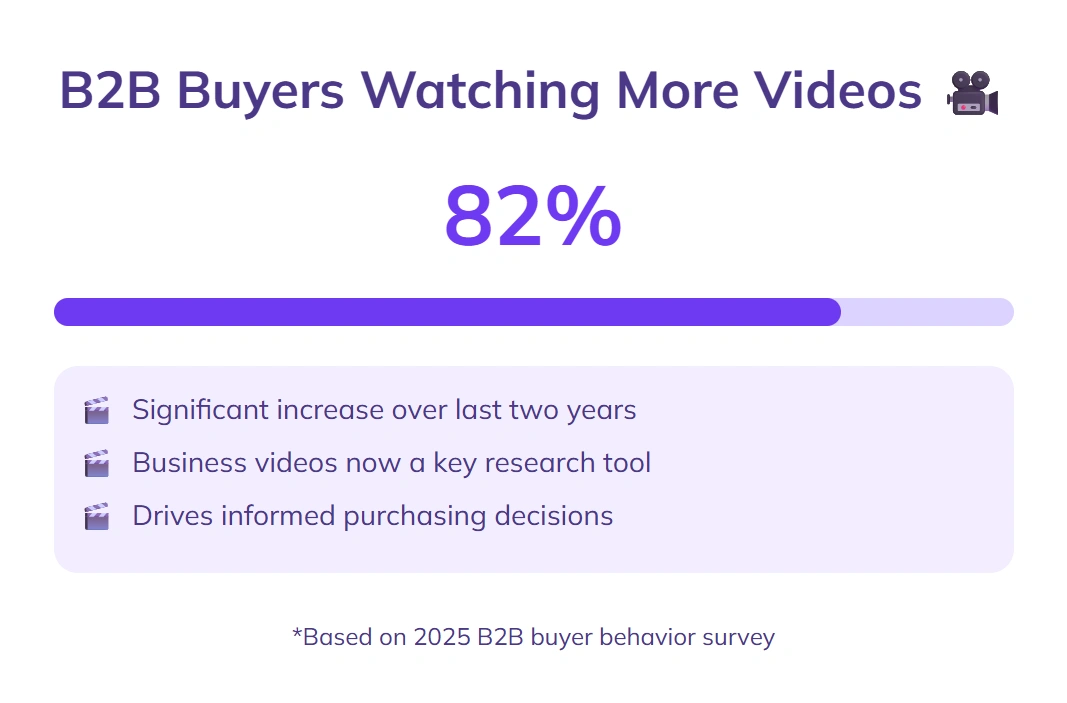
The average length of B2B marketing videos consumed has decreased from 6 minutes in 2022 to 4 minutes and 15 seconds in 2025.
73% of B2B decision-makers prefer to watch product demo videos rather than read whitepapers or brochures.
Mobile devices account for 48% of all B2B video views, up from 34% in 2021.

65% of B2B buyers watch at least one video every week as part of their research process.
Videos with subtitles see a 28% higher completion rate among B2B audiences compared to videos without subtitles.
57% of B2B marketers report that live streaming events have doubled their video engagement rates since 2023.
The average B2B video viewer watches 3.2 videos per session when researching solutions for their business needs.
38% of B2B buyers say they are more likely to watch videos if the content is personalized to their industry.
B2B videos published on social media generate 45% more views than videos shared via email campaigns.
AI-Powered Video Creation in B2B Marketing
Companies using text-to-video tools in B2B campaigns report a 28% faster turnaround in creating marketing assets compared to traditional video production.
B2B Businesses adopting AI avatar generators for product demos see an average 22% increase in audience engagement on LinkedIn.
B2B brands using AI voice cloning for multilingual campaigns expand their reach by 34% across non-English speaking markets.
Educational video generators are used by 41% of B2B SaaS firms to train clients and onboard teams more efficiently.
AI scene generators cut pre-production costs for B2B marketing videos by up to 27%, according to internal surveys from mid-sized agencies.
Marketers using AI to create short-form videos (TikTok/Reels/YouTube Shorts) report 19% higher lead conversions from these formats compared to static ads.
Effectiveness and ROI of B2B Video Content.
84% of B2B marketers say video marketing delivers a better ROI compared to other content formats.
Companies using video in their marketing see an average increase of 38% in lead generation.
B2B videos with clear calls-to-action generate 42% higher conversion rates than those without.
Businesses that incorporate video into their email campaigns experience a 26% increase in click-through rates.
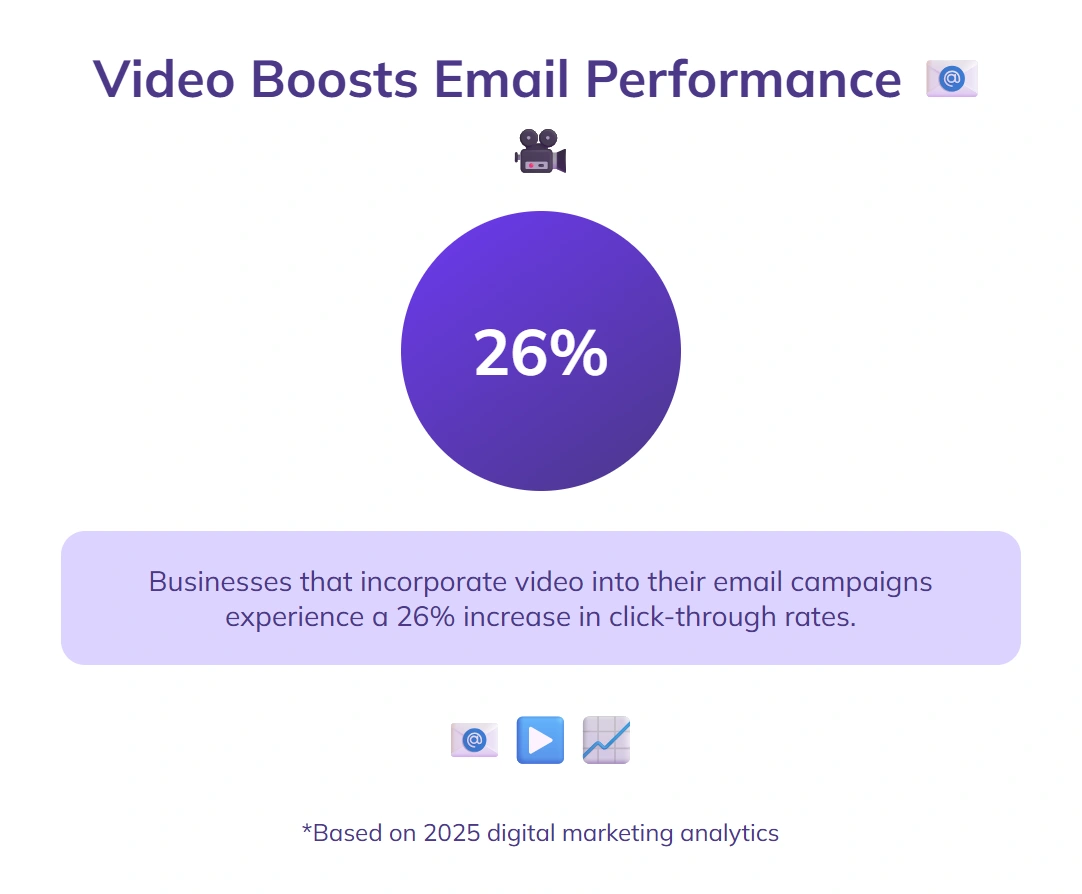
70% of B2B buyers report that watching a video helped them make a purchasing decision faster.
On average, B2B video content shortens the sales cycle by 23%.
Marketers report that video increases website landing page conversions by an average of 34%.
49% of B2B companies say video has improved their customer retention rates.
Videos featuring customer testimonials see 31% higher engagement compared to standard product videos.
B2B organizations using video report 27% higher marketing-qualified lead (MQL) rates than those that don’t.
Platforms and Distribution Channels
62% of B2B marketers say LinkedIn is their most effective platform for video distribution.
Videos posted on company websites generate 48% more engagement than videos shared on social media platforms, which only receive 32% engagement on average.
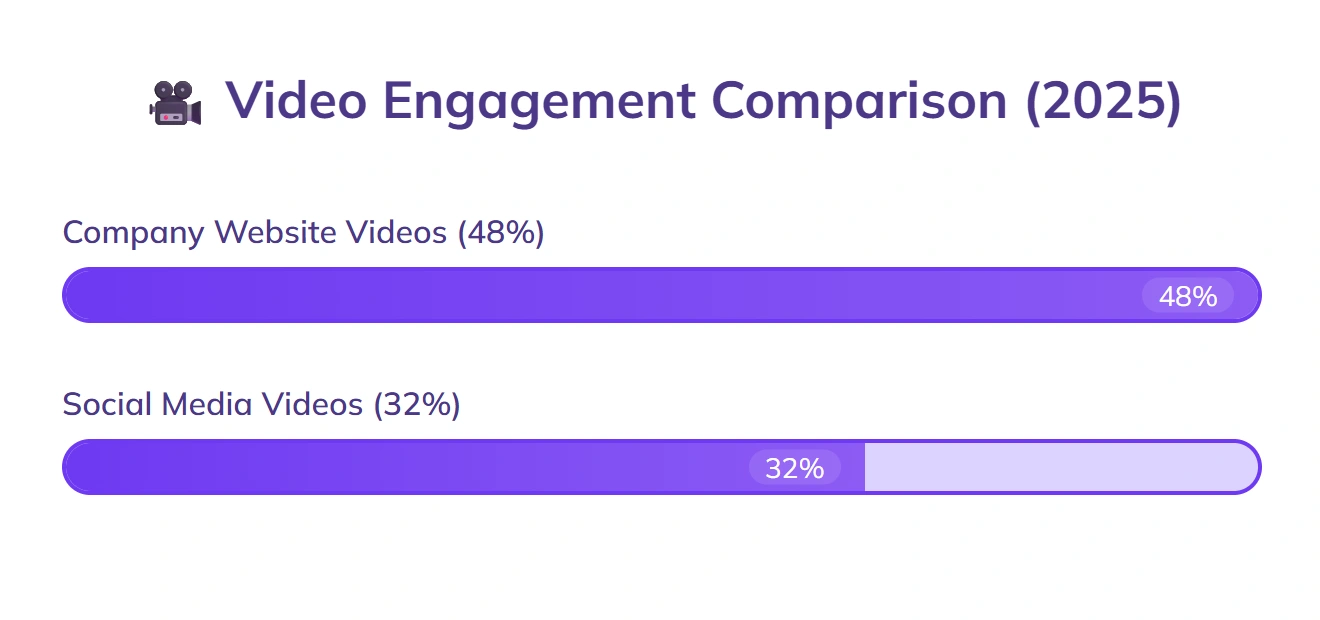
54% of B2B buyers prefer watching videos hosted on industry-specific platforms rather than general social media, where only 28% show a preference.
Email campaigns featuring video achieve an average open rate increase of 22% compared to campaigns without video, which have an average open rate of 15%.
B2B videos shared on LinkedIn receive 39% more shares than videos posted on Twitter or Facebook, which average 28% shares.
41% of B2B marketers prioritize YouTube for hosting explainer and tutorial videos.
Video content on mobile apps accounts for 37% of all B2B video views across digital channels.
Webinars and live streams hosted on dedicated platforms see an average attendance rate of 58% of registrants.
B2B companies distributing videos via third-party industry websites report a 33% boost in qualified leads compared to 20% for videos distributed solely via company-owned channels.

Social media videos optimized for mobile devices have 29% higher completion rates compared to desktop-optimized videos, which have a completion rate of 22%.
B2B Buyer Behavior and Video Influence
78% of B2B buyers watch videos during the research phase of their purchasing process.
66% of B2B buyers say they are more likely to consider a product after watching a relevant video, compared to 40% who prefer reading text-based content.
B2B buyers spend an average of 5.4 minutes watching product videos before reaching out to a sales rep.
Personalized video content increases buyer engagement by 37%, compared to 24% for non-personalized videos.
53% of B2B buyers prefer video case studies over written testimonials, which are favored by 29%.
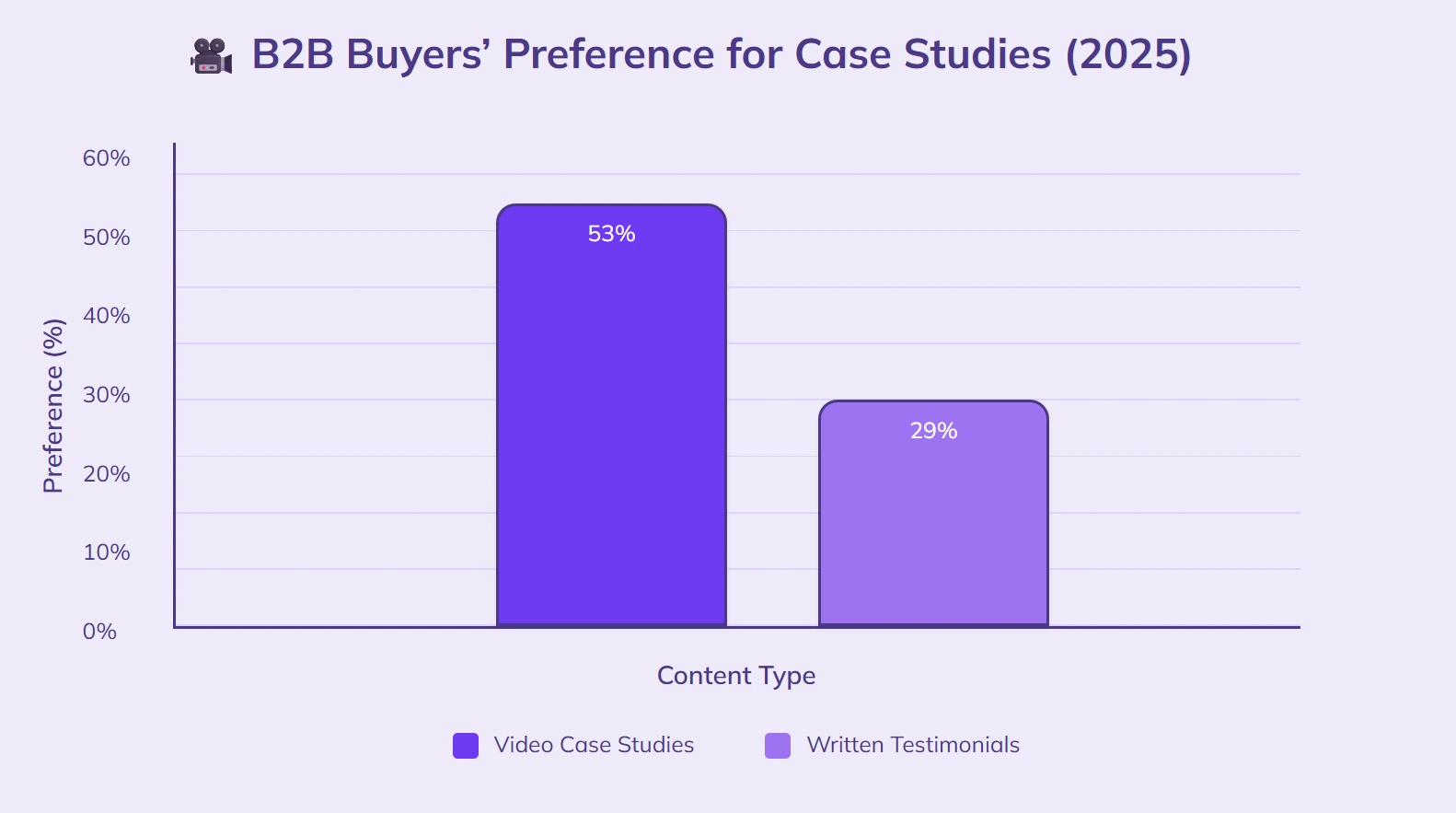
B2B buyers are 44% more likely to share a product video with colleagues than a brochure, which has a sharing rate of 18%.
61% of B2B buyers report that video helped them better understand complex products compared to 35% who felt the same about written materials.
Videos that address specific buyer pain points see a 41% higher watch-through rate than generic product videos, which average 27%.
58% of B2B decision-makers say they trust video content from brands more than blog posts, compared to only 39%.
B2B buyers are 34% more likely to remember product details after watching a video versus reading a datasheet, which has a retention rate of 19%.
Video Types and Usage in the Sales Funnel
68% of B2B marketers use explainer videos at the top of the sales funnel to introduce their products or services.
Product demo videos are used by 57% of companies during the consideration stage, compared to 29% using case study videos at the same stage.

Videos featuring customer testimonials have a 44% higher conversion rate in the decision stage than videos without testimonials, which convert at 21%.
62% of B2B buyers say they watch explainer videos to better understand a product before moving further in the sales process.
Follow-up personalized videos sent by sales reps increase response rates by 36%, compared to 19% for standard email follow-ups.
At the decision stage, 53% of B2B companies use webinars or live demos, while only 25% use product tutorials.
On average, explainer videos hold viewer attention for 3 minutes and 45 seconds, while product demos average 5 minutes and 20 seconds.

Videos used at the awareness stage generate 31% more leads than blog posts or whitepapers, which generate 18%.
B2B companies report that using tutorial videos in the post-sale stage improves customer satisfaction scores by 27%, compared to 15% without video support.
Decision-stage videos that focus on ROI and pricing details see a 39% higher engagement rate than generic sales videos, which engage 22% of viewers.
Future of B2B Video Marketing and Adoption Trends
69% of B2B companies have increased their video content production over the past two years.

58% of B2B marketers have integrated video into their account-based marketing strategies as of 2025.
Live video streaming is now used by 46% of B2B marketers, up from 31% three years ago.
65% of B2B organizations include video in their customer onboarding processes.
72% of B2B buyers report that video content from vendors influences their vendor shortlist decisions.
The use of interactive video content has grown to 39% among B2B marketers compared to 24% in 2022.
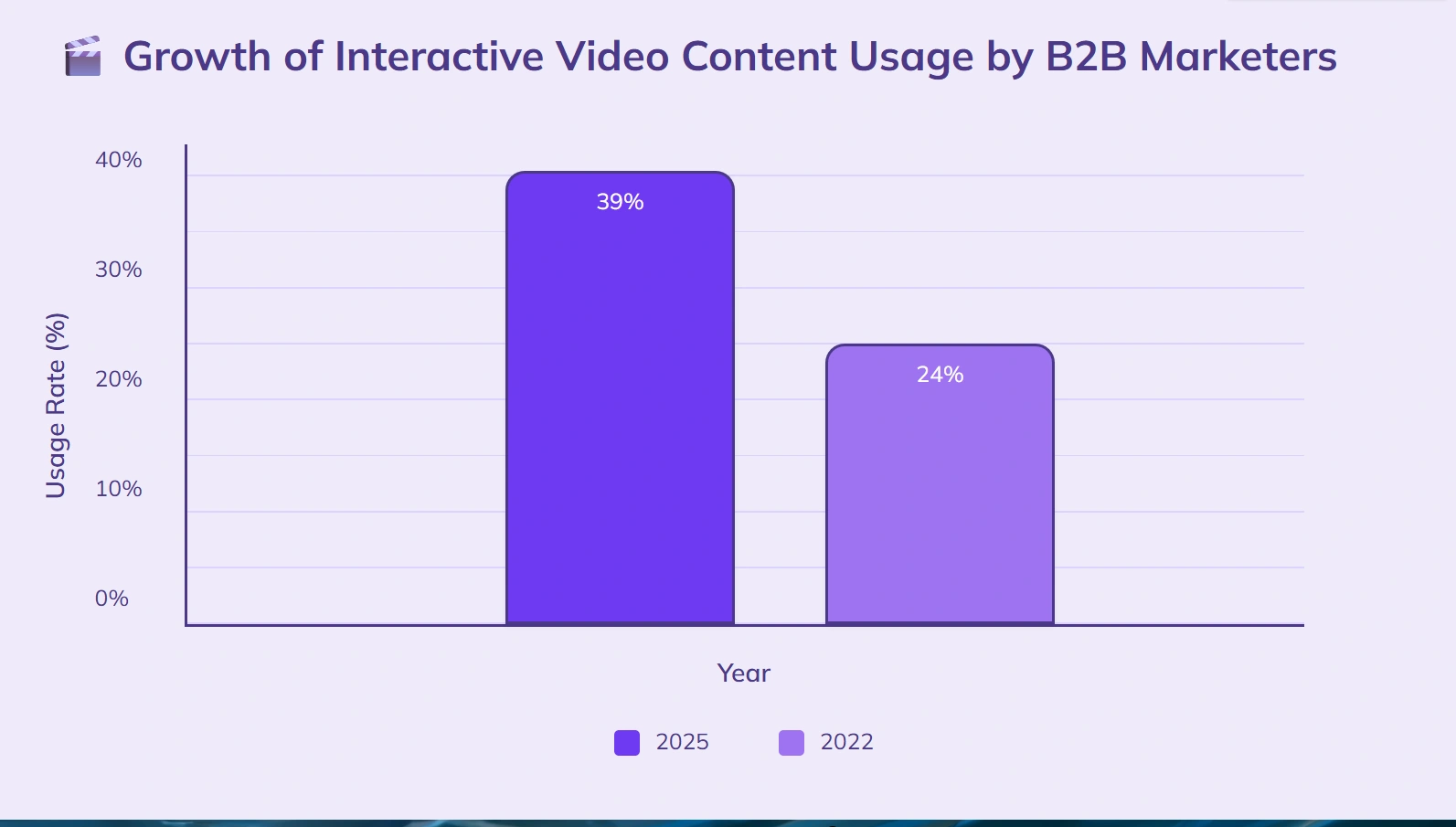
55% of B2B marketing teams have dedicated resources specifically for video production.
More than 60% of B2B companies now track video engagement metrics as part of their campaign performance evaluation.
47% of B2B buyers watch at least one vendor video on mobile devices during their decision-making process.
Personalized video content adoption has reached 43% among B2B marketers, compared to 28% two years ago.
The Bottom Line
Looking at these numbers, it’s pretty clear that video marketing isn’t just a nice-to-have; it’s becoming a must-have for B2B companies.
It helps cut through the noise, makes complex ideas easier to understand, and drives real action. If you’re thinking about how to make your marketing efforts more effective, video should be on your radar.
With so many businesses already seeing positive results, there’s no better time to dive in and see how video can work for you, too.
Create videos 10x faster and easier with Zebracat
Try it now

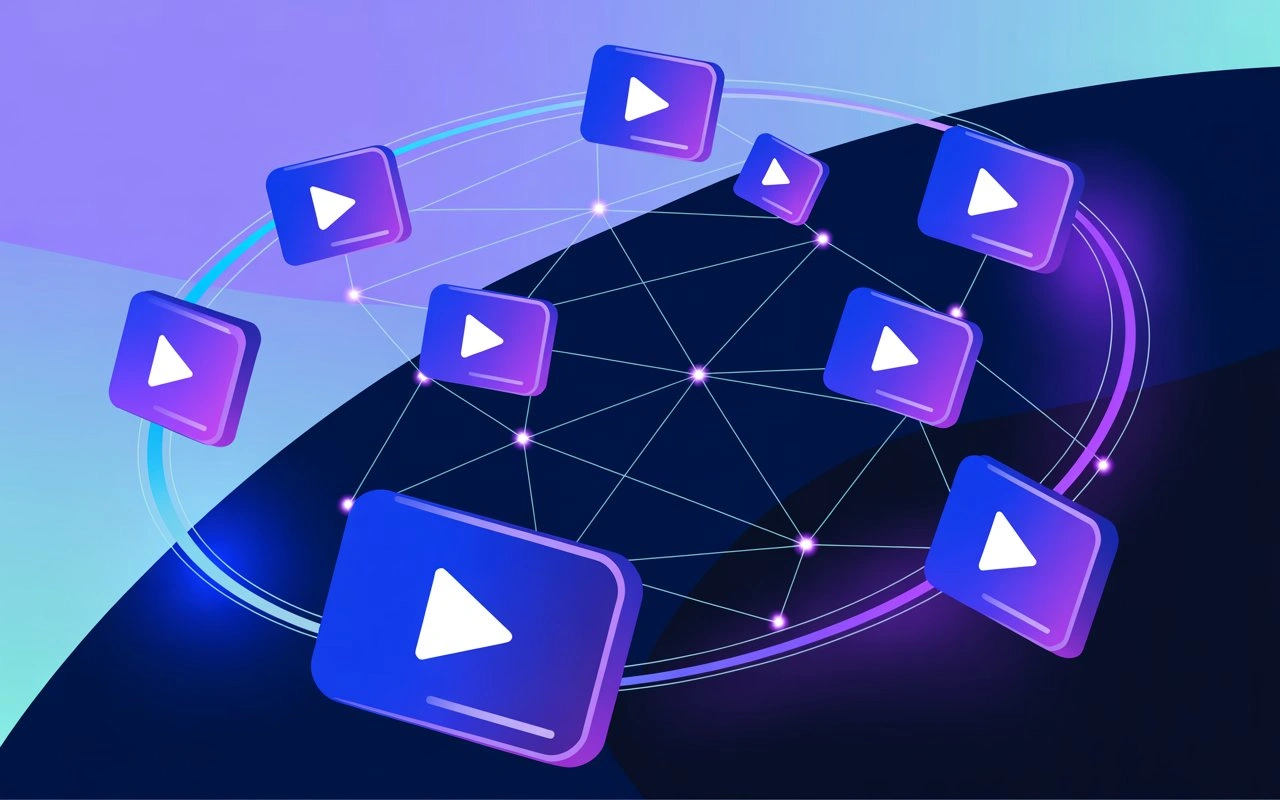



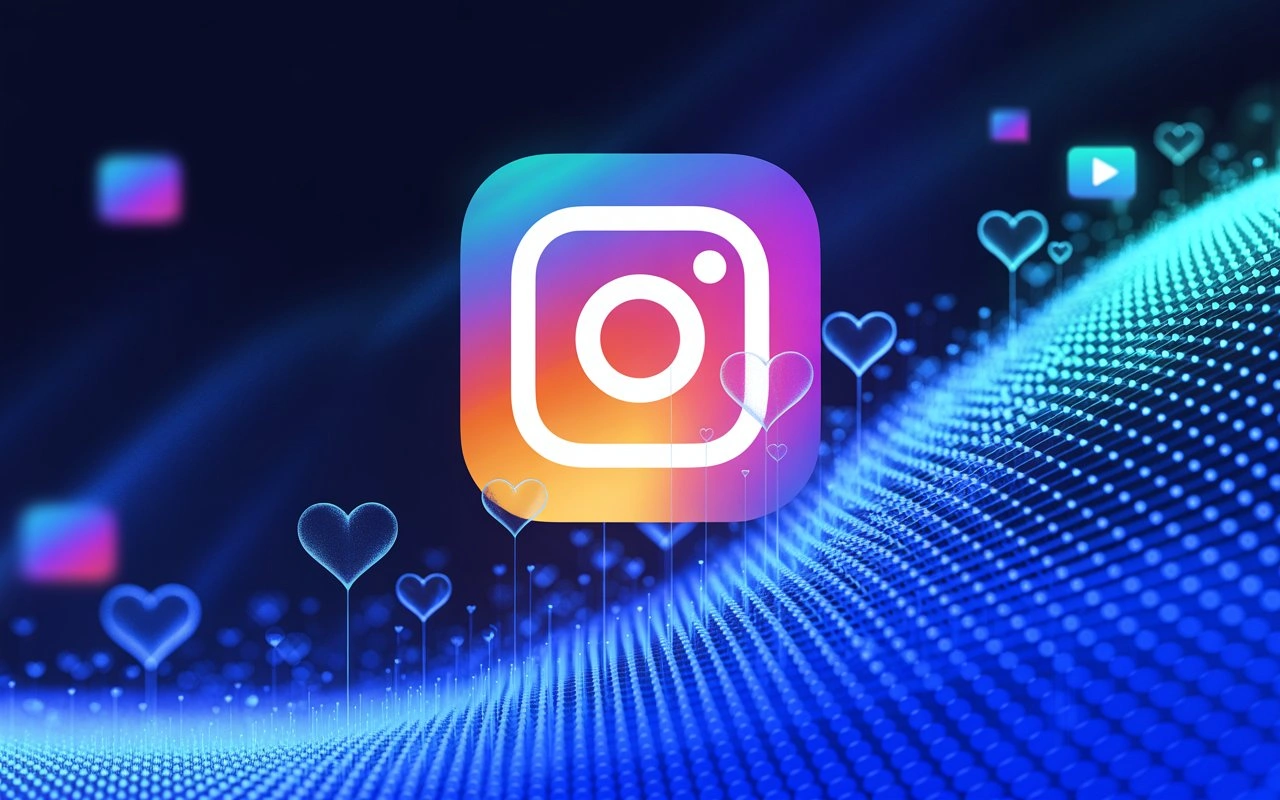




Comments